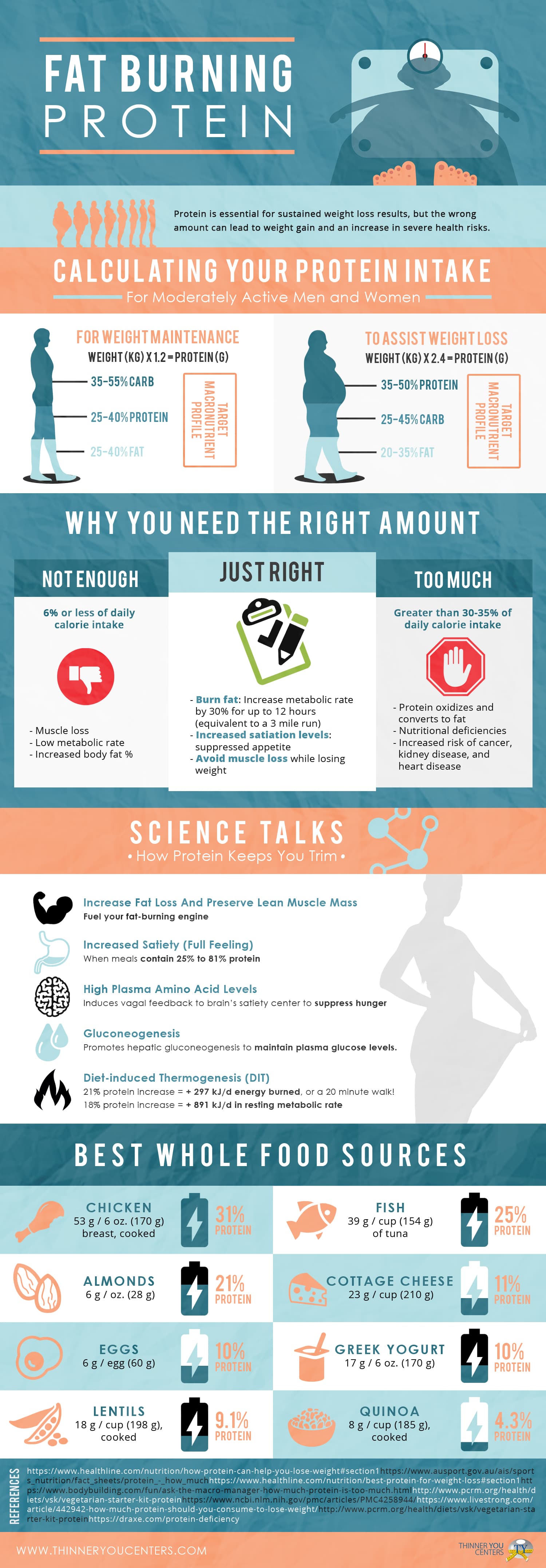Understanding Cold Laser Treatment
Understanding Cold Laser Treatment
Blog Article
Scientific Research on the Efficacy of Cold Laser Method
Cold laser therapy is a beneficial tool to help in pain administration and the recovery process. It is usually utilized in sporting activities medicine, dermatology and acupuncture.
Cold lasers permeate deep into cells and advertise chemical adjustments without warming them. They reduce inflammation and swelling, speed cellular activity and speed up recovery.
Academic History
Unlike the high-intensity lasers that surgeons usage to puncture cells, cold laser therapy utilizes light-emitting diodes to permeate right into your skin and advertise recovery. As these photons get to broken cells, they launch a domino effect that increases your cells' production of enzymes and increases your body's all-natural recovery processes.
The photons additionally decrease pain via the manufacturing of endorphins and increase your body's capability to drain inflamed locations by generating vasodilation (the growth of blood vessels). As a result, it aids you recuperate from bone and joint injuries and pain quicker.
Many individuals have heard about chilly laser treatment from their physiotherapist, chiropractic doctor or doctor and might be asking yourself exactly how it functions. Unlike many laser gadgets utilized in the clinical area, which really heat up tissue, our state-of-the-art equipment produces cold laser beam that do not create any type of heating of your cells. This enables your body to receive the therapeutic benefits without triggering any type of adverse effects.
Clinical Tests
Cold laser treatment is typically recommended as a therapy alternative for individuals who have musculoskeletal discomfort and injuries. It can be utilized to reduce inflammation, strengthen cells and increase the body's natural healing procedures.
Non-thermal photons of red and infrared laser radiation are taken in by the light sensitive components in cells and initiate a rise in intracellular metabolism that enhances cell recreation, minimizes swelling, removes edema and reduces healing time.
Unlike the light that is produced by sunlight or conventional lights, laser light is identical (all wavelengths traveling parallel), systematic and single. These properties allow laser energy to penetrate deeper into the tissues.
A number of scientific tests have actually revealed that LLLT can be reliable in lowering discomfort in the bone and joint system. Nevertheless, more properly designed researches are required to review the optimal setups for laser irradiation and to determine its efficiency in particular conditions, such as oral mucositis in cancer people receiving chemotherapy or radiotherapy, and wound healing (including diabetic ulcers complying with hammertoe surgical procedure). This Aetna plan notice does not attend to various other uses of LLLT, including the treatment of various skin diseases.
Verdicts
Unlike medical lasers that can ruin growths or coagulate tissue, chilly laser therapy does not heat the body's cells. Instead, the light boosts your cells to generate adenosine triphosphate, which quickens the fixing procedure of damaged cells.
Aetna takes into consideration low-level laser (LLL) treatment clinically needed for the prevention of oral mucositis connected with cancer treatment (radiation treatment, radiation treatment, hematopoietic stem cell transplant) and non-cancer treatments (such as radiodermal injury, fibromyalgia). Several researches revealed that LLT can be efficient in decreasing PU symptoms without adverse results. Nonetheless, differences in study layouts and laser dosimetry made contrast of the results difficult; RCTs with reduced threat of predisposition are needed. Making use of a 660 nm wavelength and higher energy thickness seems a lot more efficient than the other researched laser wavelengths. This could be since the other wavelengths might stimulate inflammatory procedures and create even more side effects. The effect of the sort of laser utilized is also vital; the writers suggest that future research concentrate on assessing various kinds of lasers and their doses to establish the ideal combination of laser specifications for PU prevention.
Referrals
Cold laser therapy is made use of by dental practitioners to treat swollen periodontal tissue, physicians to ease discomfort caused by rheumatoid joint inflammation, and physiotherapists to speed the recovery of muscle mass, ligament, and ligament injuries. Several clinical insurance coverage plans cover this therapy.
Unlike hot lasers, which have a thermal result on tissues, cool lasers (also called low-level lasers) stimulate the cellular energy of the skin. Photons from the laser light penetrate right into the cell, triggering a collection of chemical changes that advertises regeneration and minimizes inflammation.
In order to work, lasers should be effectively configuration smoking laser therapy and used. This is why it is not suggested to get a low-cost over-the-counter laser tool and try to treat yourself at home. An experienced professional is required to make certain that the gadget is used properly to reduce the risk of eye injury and optimize its efficiency. The laser tool should be adjusted to the right setting, strength, frequency, and placement of the laser on the treatment area.